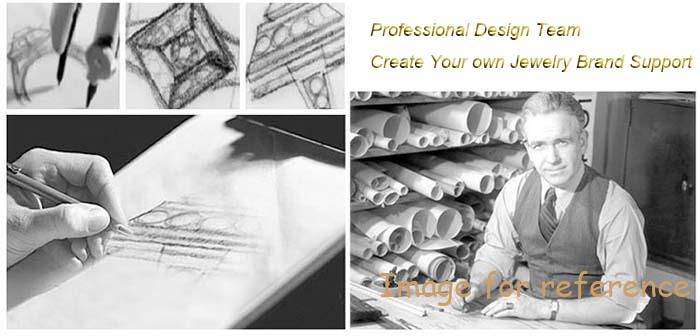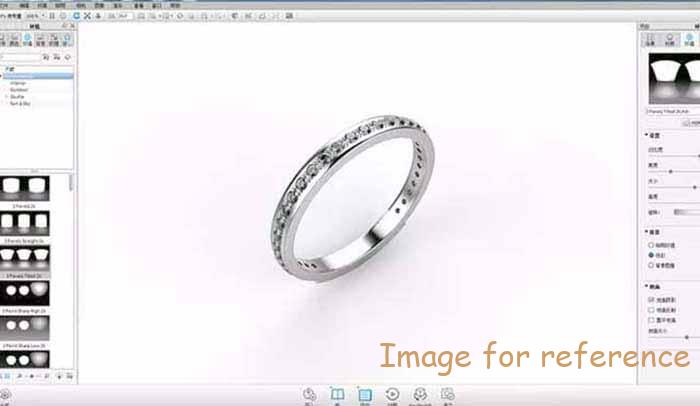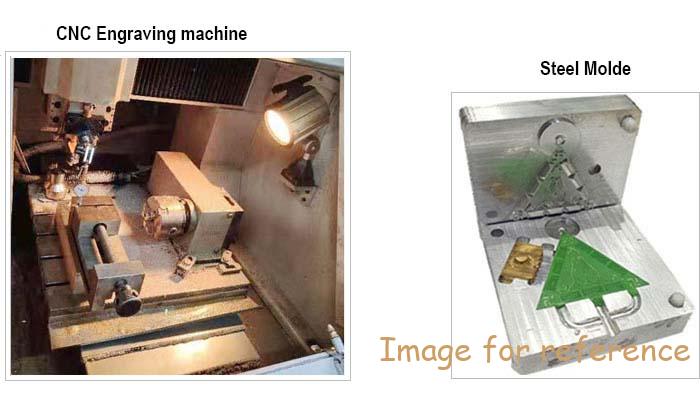Gemstones have many characteristics that can be used as a basis for identification. When testing and identifying a gemstone, first observe its color, luster and crystal form, and then measure the hardness, densidad relativa, and streaks. Testing these features is mostly carried out in the field. When conditions permit, the cleavage and fracture of gem minerals should also be tested.
The first is Hardness:
Hardness refers to the ability of a gemstone to resist scratching. En 1812, the Austrian mineralogist Frederick. FriedrjchMohs (FriedrjchMohs) proposed a practical classification table for the hardness of minerals. He will be able to obtain high-purity 10 kinds of common mines, arranged in order according to the size of each other’s ability to resist scribing. This set of relative hardness standards is divided into 10 niveles, ranging from the least hard talc to the hardest diamond. High-grade minerals (gemas) can be carved with low-grade minerals (gemas), such as topaz with a grade of 8, and quartz with a grade of 7 but not corundum with a grade of 9. The Mohs hardness tester is designed accordingly. Mohs hardness only indicates the relative hardness of minerals, not absolute hardness.
The second is Cleavage:
Cleavage refers to the way in which minerals split along certain weak surfaces, which are usually in the direction of the weakest atomic chemical bond or between atomic layers. Although the cleavage surface is very flat and reflects light uniformly, it is not as smooth as the crystal surface. The degree of cleavage can be complete, claro, unclear and uncleavable.
The third is Fracture:
Hit the ore or gemstone with a hand hammer, it will break, ;, and reveal the uneven rough surface, this is the fracture. The most common is the shell-shaped fracture, which is named because its shape is very similar to the concave shape of the shell; the other type of fracture is the jagged fracture, which refers to the uneven and jagged fracture surface that appears during the fracture. Además, there are flaky, needle-shaped, and soil-shaped fractures.
The fourth is Tenacity
Toughness refers to the ability of a gemstone to resist wear, stretch and compression. The toughness of a gemstone means that it is difficult to break. Por ejemplo, the structure of jade has two types: the granular metamorphic structure of jadeite and the fibrous metamorphic structure of nephrite. Although its hardness is not too high, it is not easily broken due to its high toughness.
The fifth is relative density (Relative Density). Measuring the relative density of gemstones is very important for its classification and identification.
Diseño del fabricante de joyas OEM/ODM personalizado sus propias joyas
Empecemos : mo@kingjy.com
Guangzhou Jingying Enfoque en collares de anillos al por mayor de pendientes de pulseras de brazaletes de plata esterlina 925 joyas,oro de plata esterlina chapado con 18k,14K,24K oro amarillo,oro blanco y oro rosa. Es capaz de personalizar joyas de plata esterlina varios diseño,marca de logotipo u otras palabras por grabado láser de acuerdo con el requisito del cliente.
Nuestra capacidad de producción mensual está a la altura 50,000 Piece de pulseras Pendientes del collar Joyas del anillo. Entrando en una asociación con los supermercados,cadena de joyería,tiendas de salida,mayorista de joyas,Compañía de la marca de comerciantes y joyas,Professional Proporcionar Joyas personalizadas y producción en masa de alta calidad 925 servicio de joyería de plata esterlina.













